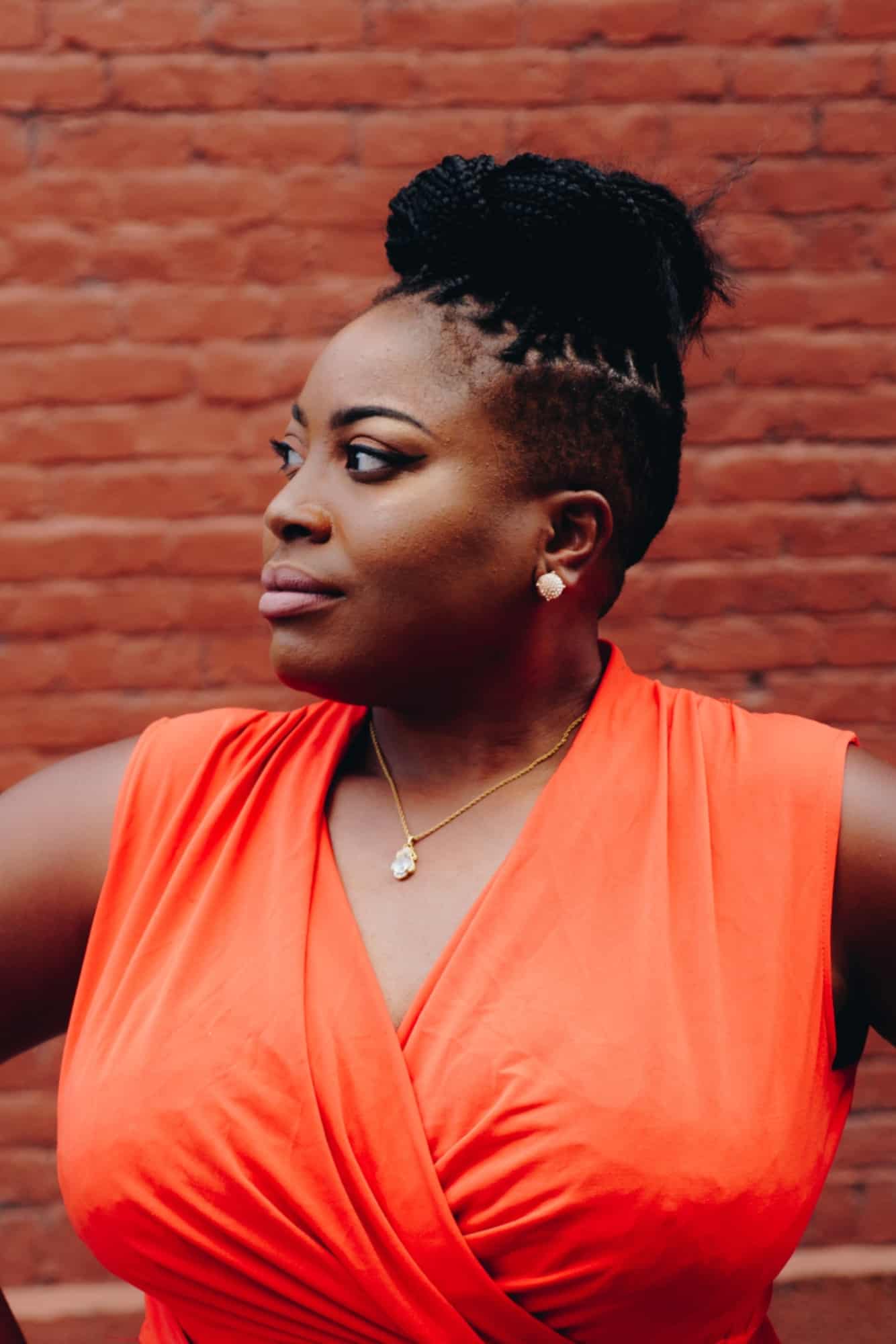The cost-of-living crisis is expected to wreak havoc across the UK, but it’s also set to have a wide-reaching impact on the beauty industry. How brands react to changing consumer needs is imperative to their survival, given that more customers than ever will be looking for cheaper alternatives to cult beauty products.
As a result, dupe culture is only set to grow. It’s long been a content pillar of many creators to seek out the next best budget-friendly beauty finds as dupes for iconic products – think Charlotte Tilbury’s Pillowtalk lipstick, the entire Olaplex range or the Dyson AirWrap.
Ironically, in all other spaces, dupe is a wholly negative term, meaning to deceive or trick, but in the beauty vernacular, it translates as a cost-efficient way of getting the most of your skincare, haircare or makeup products.
You may also like
While brands can fall foul of consumer’s desire for cheaper alternatives, creators such as Sophie Headon (Sophdoeslife), Kelly Strack and Flo Riff have built careers on it and become trusted sources for how to save money in your beauty routine. Instagram accounts Dupe That and Tempatalia have built millions of followers sharing beauty dupes side by side with their luxury counterparts.
Luxury beauty products are regularly put under the microscope as creators are keen to share their in-depth reviews and inform followers if a new launch is really worth the expense.
We’ve also seen users take to TikTok to dispel the brilliance of a product that’s been touted by influencers as part of an intense brand activation campaign, which can turn them into influencers themselves.
Budget beauty however is much more welcomed, particularly with the mammoth TikTok community, as users are deeply inquisitive about exactly which products deserve a spot in their makeup bag. It’s no coincidence that Maybelline, NYX, CeraVe, E.L.F. and The Ordinary have achieved colossal viral success thanks to the seal of approval from beauty’s biggest TikTokers.
As the financial climate worsens, however, luxury consumers will still have the budget for pricier items, and low-price challengers will see a boom in popularity. It is mid-range brands who will suffer most as the cost-of-living crisis pressures shopping decisions. Influencer-driven dupes could break this middle market. The key to survival will be not merely launching products which address consumer concerns without breaking the bank, but a strong campaign strategy for new collections or individual product launches.
Influencer partnerships are more strategic than ever, because mid-range brands can’t afford to make the mistake of gifting or paying to work with budget-beauty focused influencers whose content is centered on the most affordable products. Luxury is a more competitive field, as consumers have the spending power to continue investing in high-value products but can still be swayed by more affordable alternatives. Finding the right influencers to unpack your products has never been more important.
By Louise Whitbread, editor of CORQ. Picture credit: Keilidh Cashell via Instagram










Influencers and the cost of living crisis: how to work with creators during the financial downturn